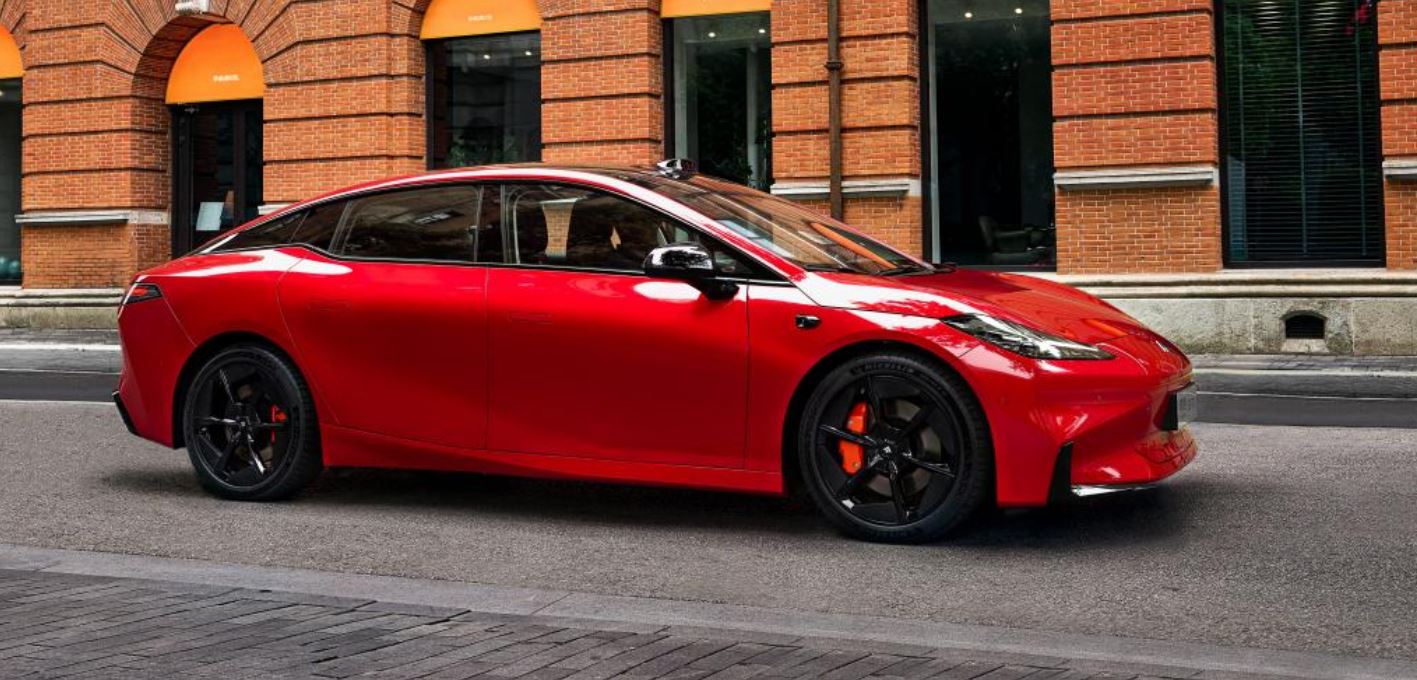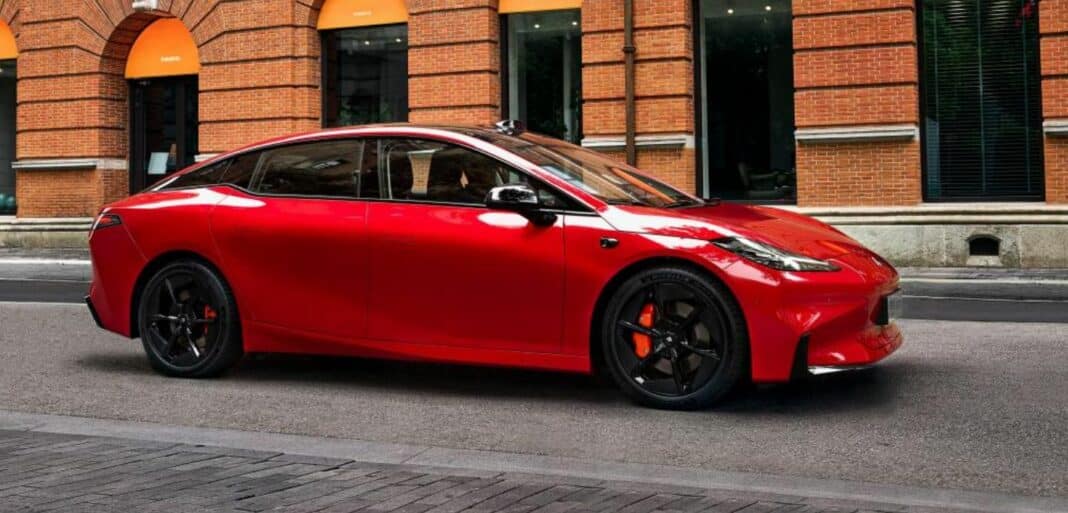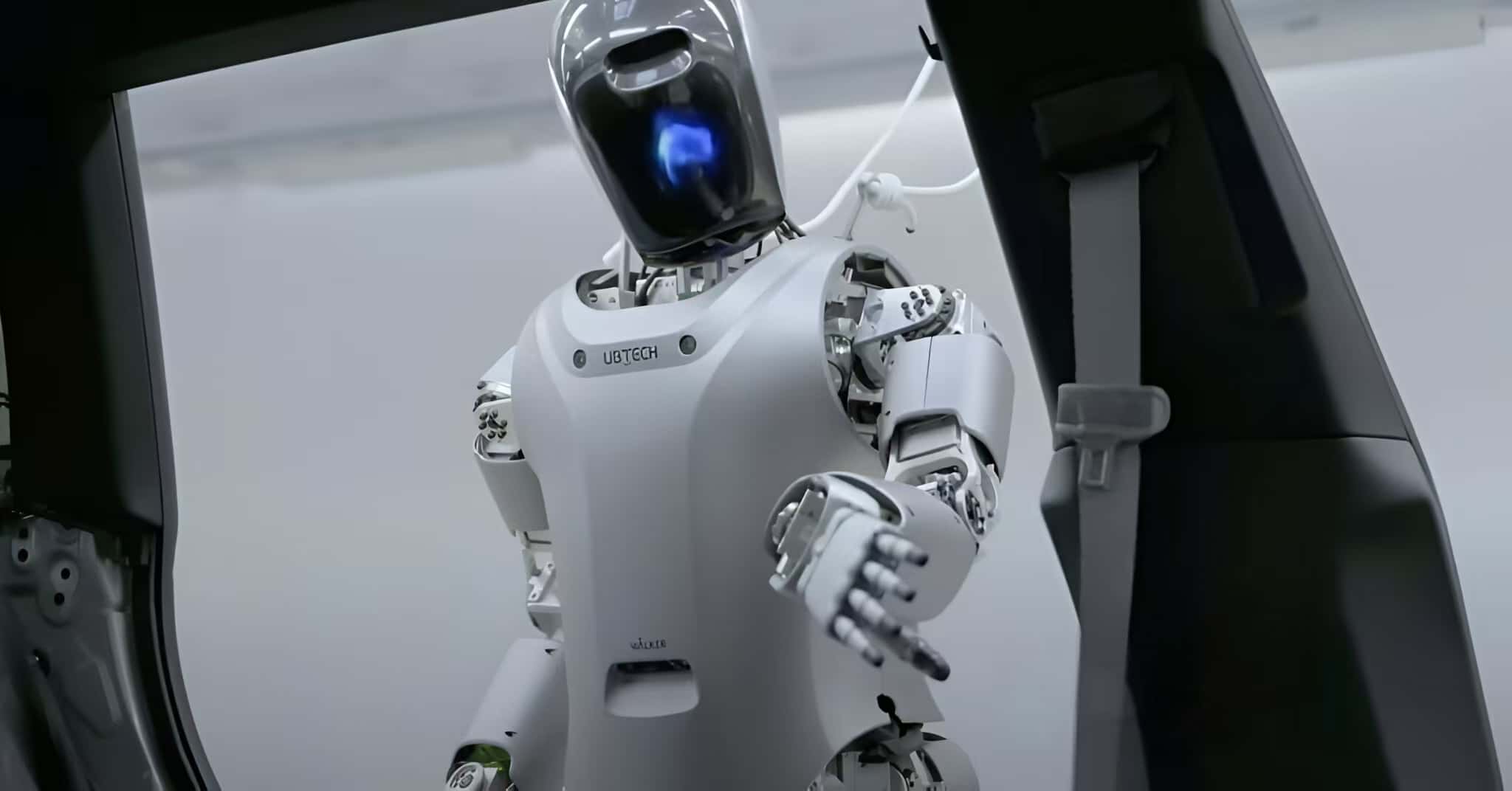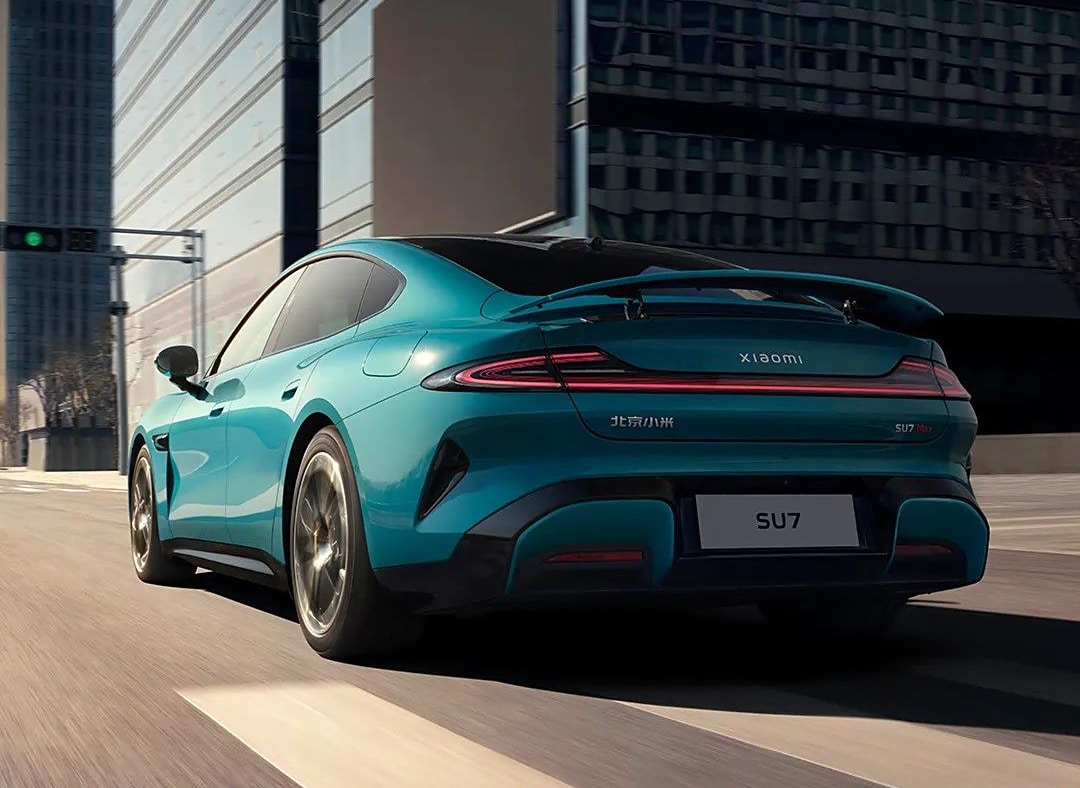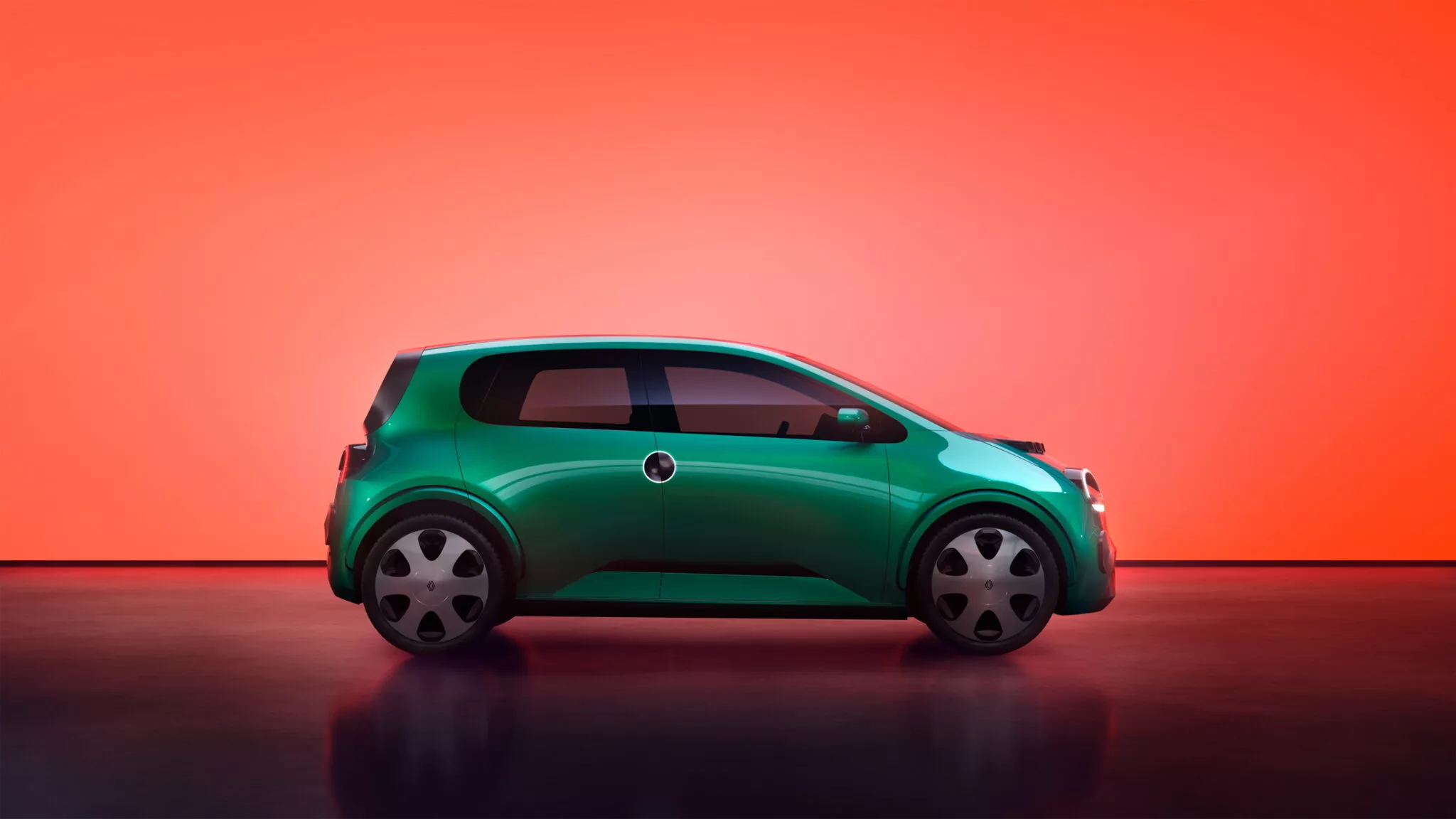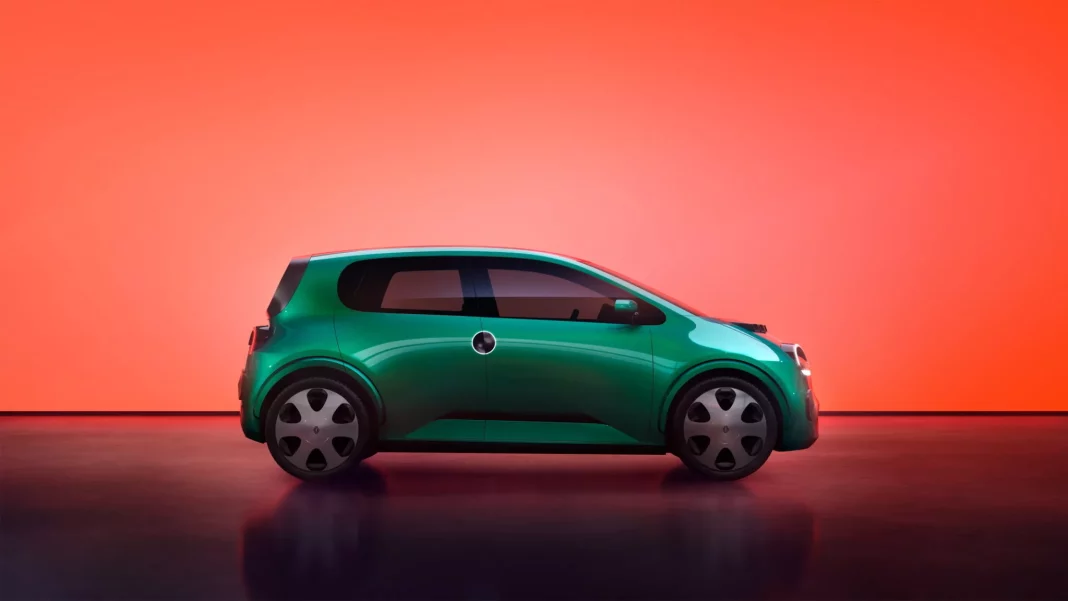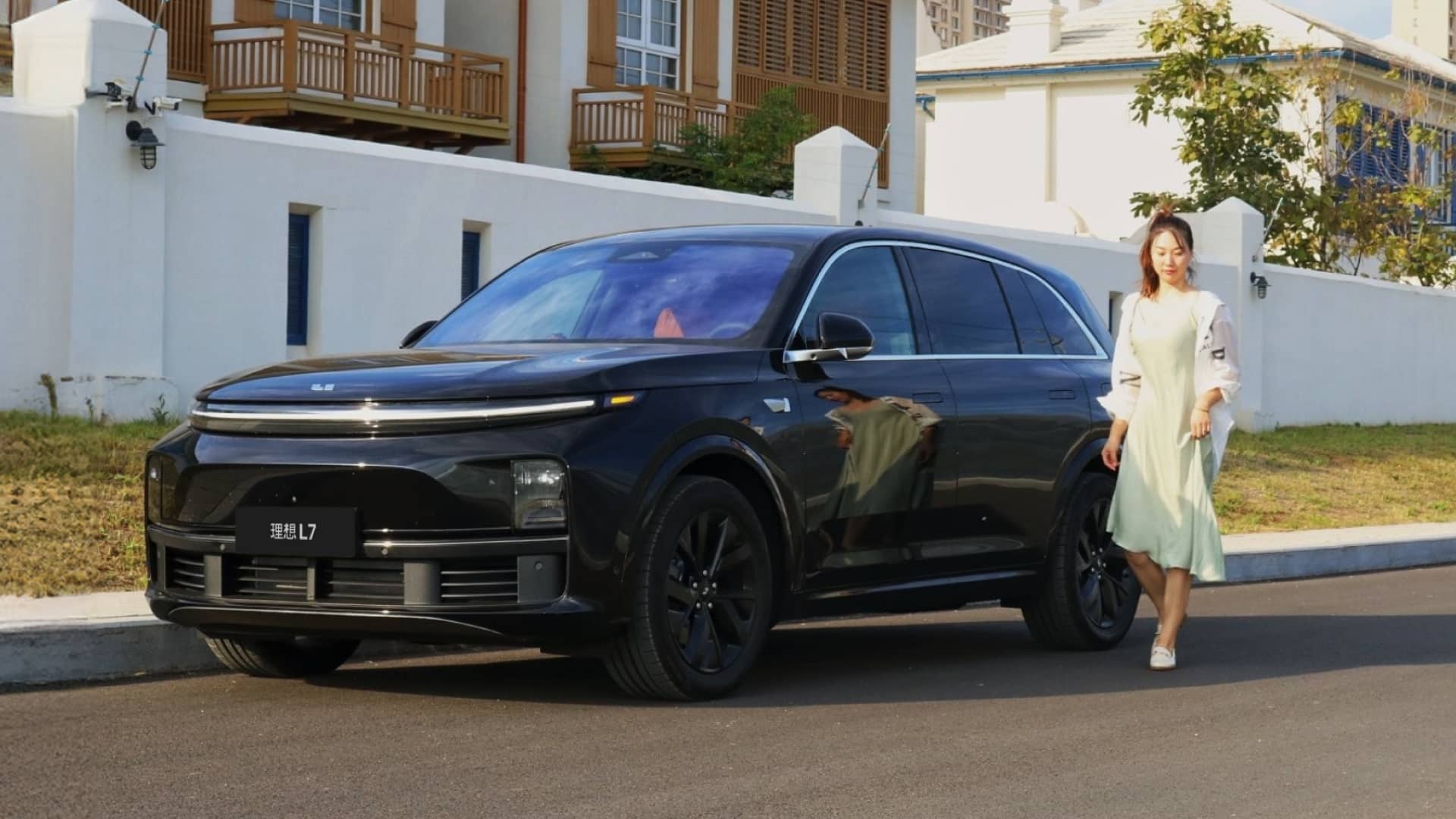Yommie
Elite Member
- Oct 2, 2013
- 55,444
- 36,720
- Country of Origin

- Country of Residence


2024 Voyah Dreamer Private Customized Edition launched for 88,400 USD
This 4-seater luxurious plug-in hybrid MPV features two rear aviation seats and the entire rear cabin is covered in calf skin.
 carnewschina.com
carnewschina.com
2024 Voyah Dreamer Private Customized Edition launched for 88,400 USD
Reading Time: 3 minutes
Dong Yi Chen
June 2, 2024
0

News like this to your inbox or phone?
Weekly summary to your inbox
I want this
Never miss and important news
Get Instant notification once the news is published.
Follow Us
The Voyah Dreamer Private Customized Edition four-seater MPV was officially launched on the opening day of the 2024 Greater Bay Area Auto Show in China, priced at 639,900 yuan (88,400 USD).
The new car adopts a dual-color body design, available in purple/white and gold/black exterior colors for consumers to choose from. The front grille is decorated with a large number of metal chrome stripes and a luminious Voyah logo, further enhancing its luxurious executive vibe.
The Voyah Dreamer Private Customized Edition is positioned as a medium-to-large MPV, measuring 5315/1985/1800 mm, and the wheelbase is 3200 mm, which is consistent with the standard version. From the side, the rim adopts a multi-spoke design and runs on 255/50 R20 tires. Furthermore, the car is equipped with 23 sensors to realize level 2.5 advanced driving assistance functionalities, and has multiple functions such as active night vision system as well as remote parking.
The cockpit comes with a triple-screen, comprising of a 12.3-inch LCD instrument panel, a 12.3-inch central control screen, and a 12.3-inch co-pilot entertainment screen. The operating system is powered by a Qualcomm Snapdragon 8155 chip and supports Huawei’s HiCar.
Behind the front seats is a panel equipped with a retractable screen and cup holders. In addition, the interior is decorated with gold trims to further enhance the luxuriousness.
The entire passenger cabin is covered in calf skin, featuring two independent aviation seats. The rear passengers have access to a control screen on the armrest to adjust their seats as well as an in-vehicle refrigerator. The floor material and starry sky roof can also be customized.
The powertrain remains the same as that of the 2024 Voyah Dreamer, which comes from a plug-in hybrid system consisting of a 1.5T engine (110 kW/220 Nm) and dual electric motors (front: 150 kW, rear: 160 kW), with a combined system power of 420 kW (571 hp) and a total torque of 840 Nm. Its 0 – 100 km/h acceleration time is 5.9 seconds and the fuel consumption is 5.26L/100km. The 43 kWh ternary lithium battery pack provides a CLTC pure electric range of 236 km and the comprehensive range is 1,231 km. The battery can be replenished from 20% to 80% in 30 minutes under fast charging.
Source: Voyah Weibo, PCAuto, DongCheDi

